Senior and future Rhodes College tennis player Claudia Ribeiro is looking forward to continuing the sport that she started at 3 years old.

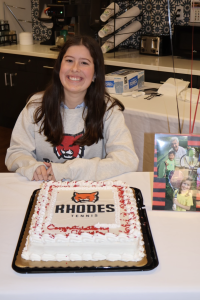
“I’m glad that I’ve been able to recognize tennis for me is something that I love to do, and I hope to continue for at least most of my life,” she said. “I’m lucky to be able to continue playing in college.”
Claudia is one of the 11 upper-school athletes who are on track to continue lacrosse, soccer, tennis, golf or swimming in college, according to Beverly Brooks, director of college counseling.
The class of 2025 is responsible for four of those. Seniors Claudia Ribeiro, Lauren Watson, Isabella Tamburrino and Claire Chauhan have already committed to play a sport on the collegiate level. Compared to previous classes, which averaged one or two recruited athletes, that’s a lot.
Brooks, who served on the advisory board of the National Collegiate Athletic Association (NCAA) for four years, credits the senior class itself as well as St. Mary’s intentional focus on athletic recruitment with this change.
“In addition to [the senior] class being consistently considered a highly athletic class, [St. Mary’s] started more intentional athletic-recruiting conversations when I arrived because of my background,” she said. “More girls might be considering it because they knew about it earlier.”
Having an experienced guide like Brooks is an advantage in a process that can be obscure.
“The college sports process can be a dark and mysterious part of applying to colleges since many people don’t know that much about it,” Brooks said.
Getting started
Once students realize they are interested in pursuing a sport in college, it is up to them to reach out to coaches, go to training camps at universities, put clips together that showcase the athlete’s best moments and more.
But there are restrictions on the kind of contact prospective athletes can expect from coaches early on in the process.
Coaches are not allowed to respond to emails during a student’s freshman and sophomore years, but Brooks still recommends sending your GPA, test scores, transcript, highlight tape and your high school coach’s contact info as early as the spring of ninth grade. When the coaches are allowed to reach out, they will already know who you are.
“What it means is that [students] have to do a lot of work earlier, but the payoff is that you end up with a school where it’s not just that you can see yourself there academically, you’ve already connected with a team and a coach,” Brooks said. “You have adults there who care about you.”
There can be downsides to the early start, however.
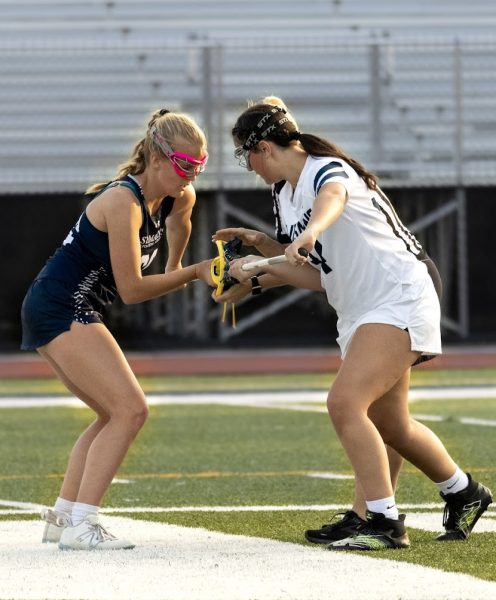
Junior Leighton Visinsky began thinking about college lacrosse during eighth grade by talking with Coach Bartholomew about how she could improve based on what college coaches were looking for, but she does not necessarily recommend the early start.
“I got so invested in the process when I was younger, even though I really couldn’t do anything until after my sophomore year,” she said. “This kind of created stress and expectations, which was pretty unhealthy.”
In the middle
Communication continues as the process moves forward.
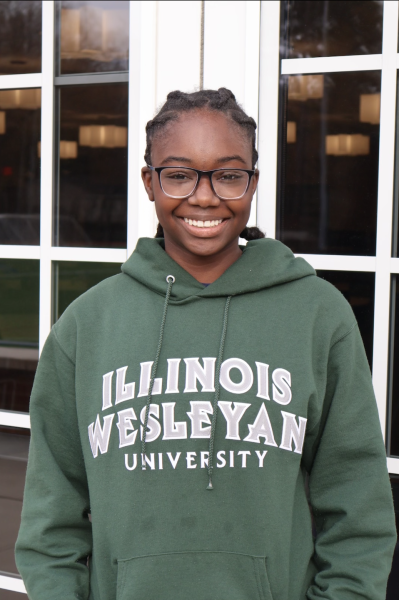
Since junior year, senior and soccer player Lauren Watson, who committed to play at Illinois Wesleyan University, has been double tasking to stay on top of communication.
“It’s a little hard on top of school,” she said. “I had to edit videos, send out film and make sure I’m keeping coaches updated with emails, texts and sometimes [phone calls].”
After sending emails out, the next step usually consists of keeping up with training, which can sometimes look like attending ID camps, which are training camps hosted by colleges where they look to identify strong players.
Senior and soccer player Charlotte Stakem attended ID camps where players were split into groups to do drills and scrimmages while the college coaches watched.
“[ID camps] were stressful,” she said. “I didn’t like not knowing anyone at first, but when you meet new friends, they become pretty fun.”
Thinking through her expectations of college during this middle stage was key for Ribeiro to narrow down her college list.
“I knew I wanted to play, but I didn’t want it to be the central focus of my college experience,” she said. “I wanted more academics and just the social life [out] of college too, so tennis would be like a bonus.”
Brooks recommends that student-athletes consider whether they would be satisfied at any specific college if they didn’t play a sport. A useful scenario Brooks gave to junior and lacrosse player Leighton Visinsky was the Broken Leg test.
“If you go to college and you break your leg your first year and you can’t play, are you still going to be happy at that college?” Visinsky said.
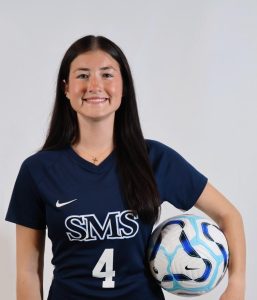
Sometimes the process leads to a student making the decision not to pursue sports at the collegiate level. This was the case for Stakem who decided at the end of her sophomore year to end her college sports journey. Her decision came after weighing the pros and cons of the college athlete experience.
“[The] benefits are definitely… just keeping that fitness up and being able to continue the sport I’ve loved for so long,” she said. “Cons were… that there were other things in college I wanted to do, and D1 sports take up all of your time. So I just decided that wasn’t really for me.”
Senior and golfer Hana Barber, on the other hand, intends to continue the sport she loves in college.
“When it’s something you really enjoy doing, it’s like your own little lifeline,” she said. “Something that you decompress while doing, and can challenge you to grow.”
Brooks agrees with Barber about the importance of staying positive, especially when thinking about different options for a college list.
“My biggest piece of advice would be to stay open,” Brooks said. “I think that when you start to close doors prematurely, they feel harder to open later. And the last thing you want to do is go through this process and feel disappointed.”
Closing the deal
As one of the last steps before committing, students apply to the schools on their narrowed down list and wait for a response.
Once accepted to a school they want to attend, athletes have an official celebration in the form of a signing day where they put their commitment into ink, completing their recruitment journey.
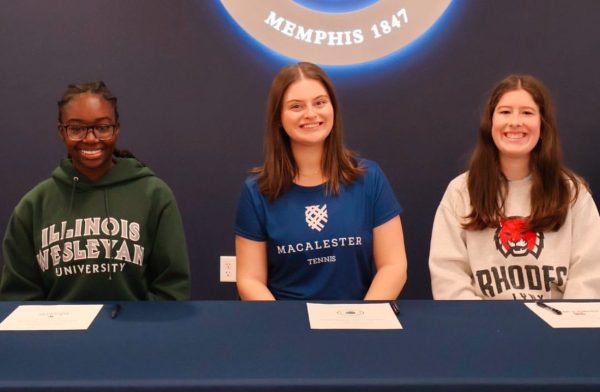
After putting in the work, Watson is happy to be done with the long process.
“It feels really good, just like a big relief that I’m done,” she said. “[Now] I’m just trying to stay in shape.”
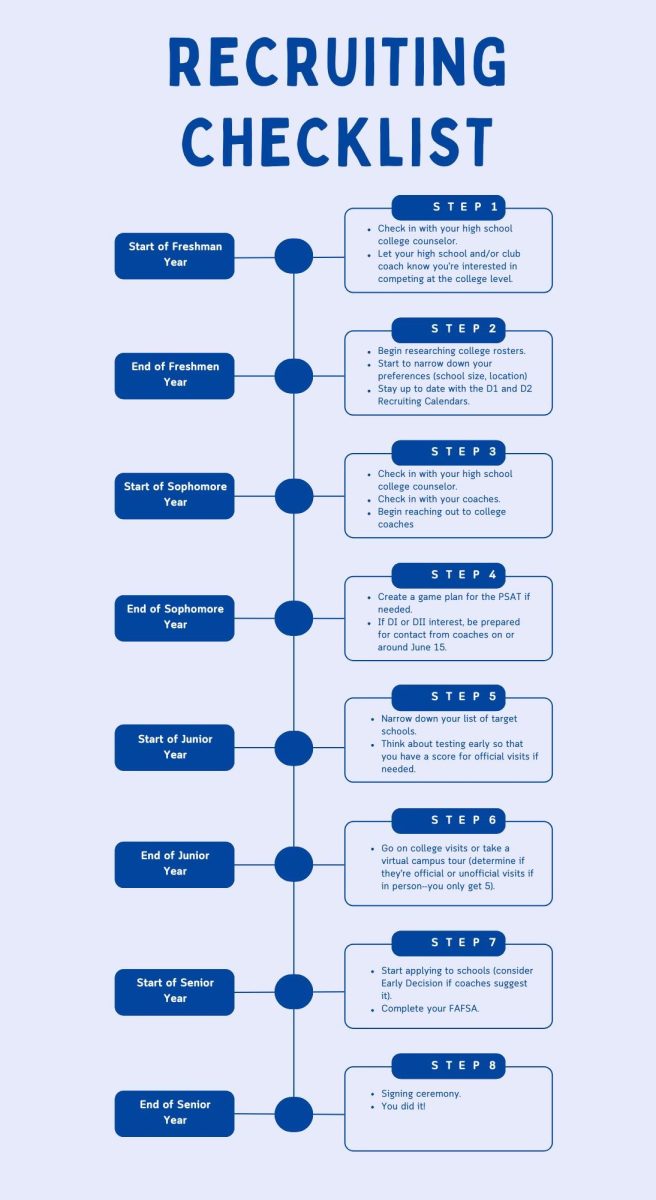


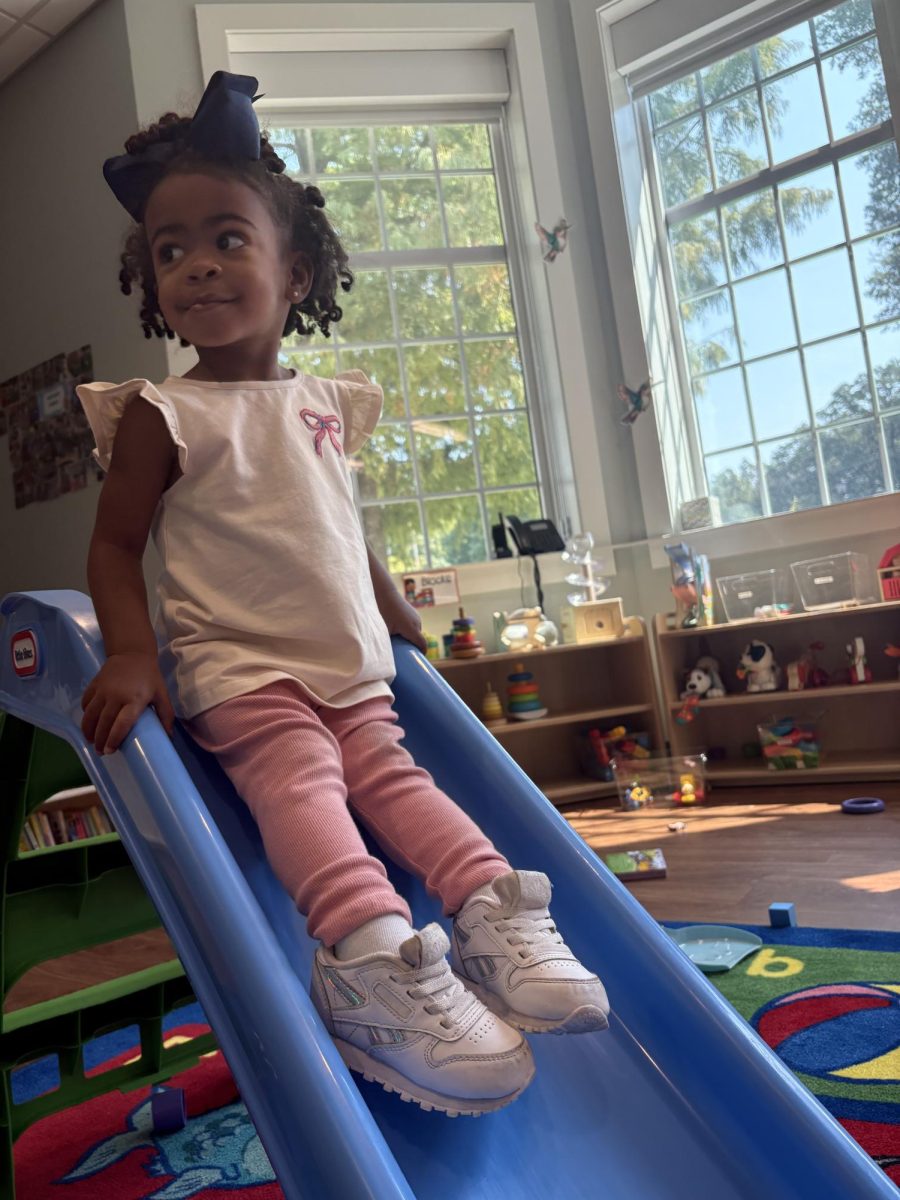
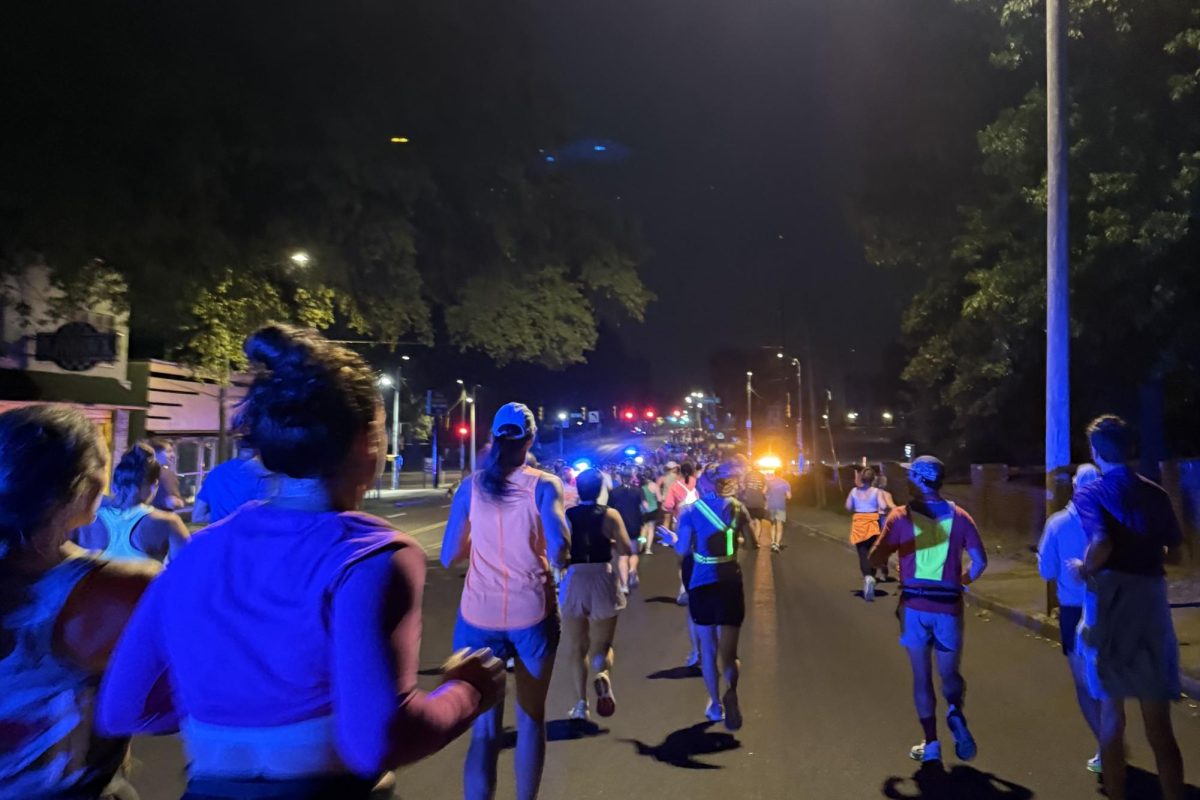

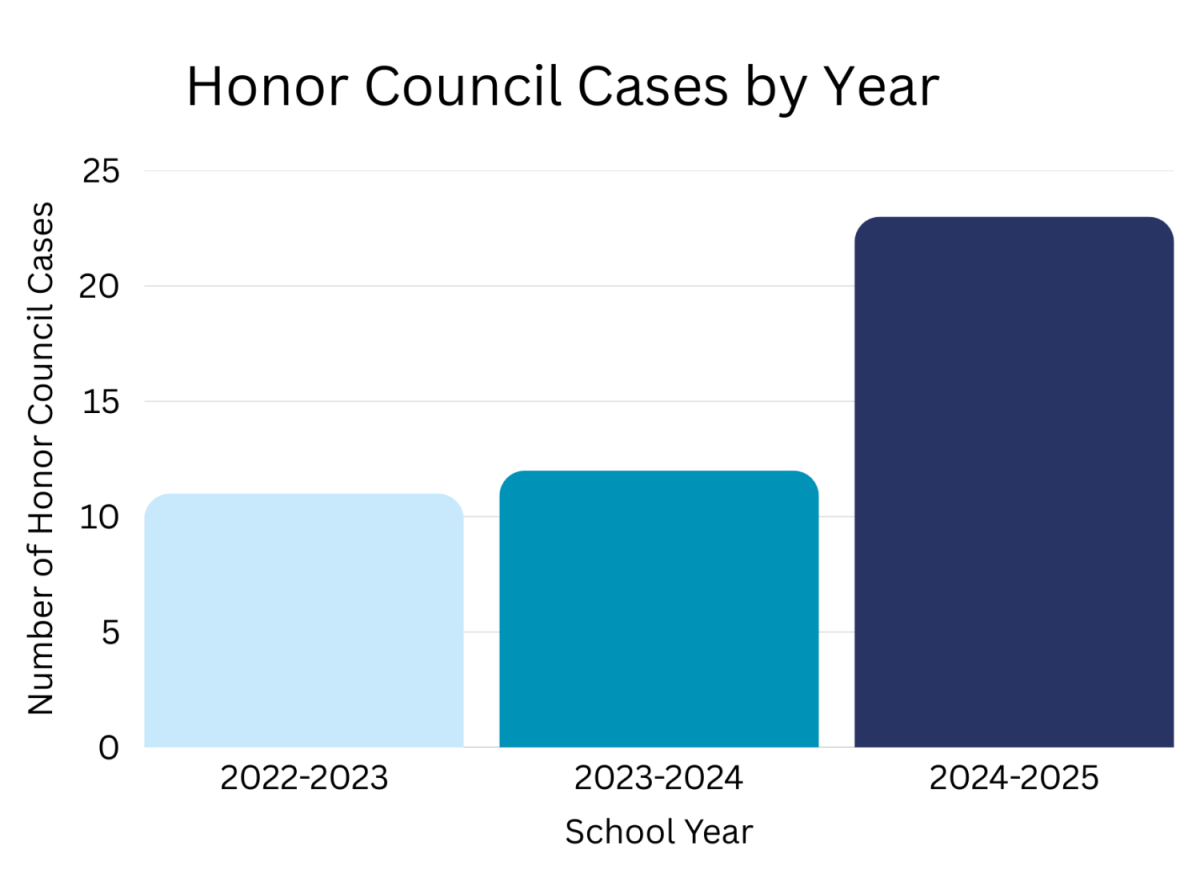
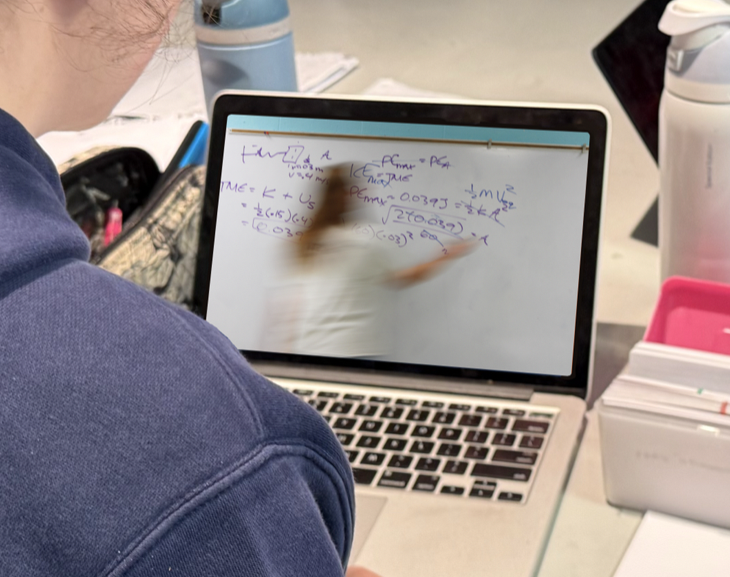


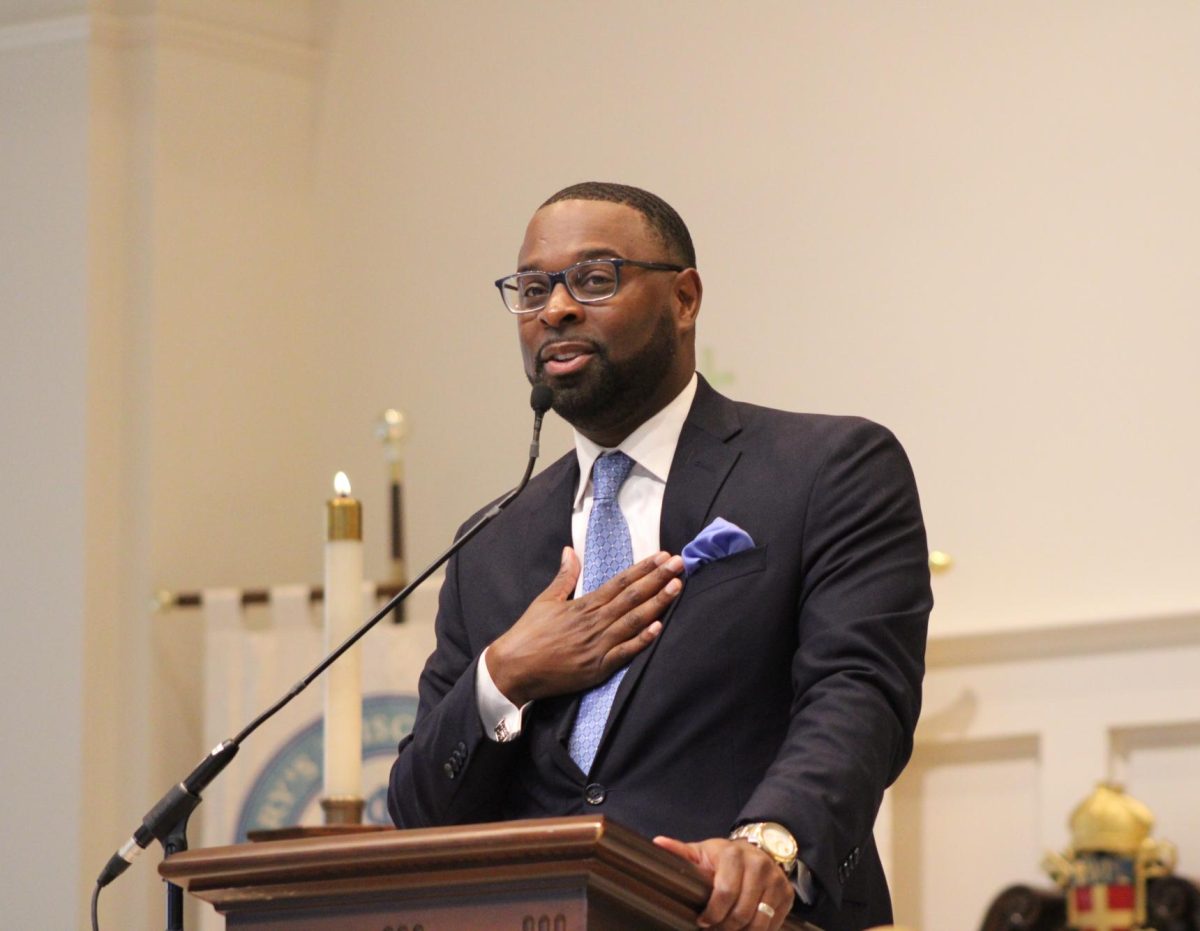
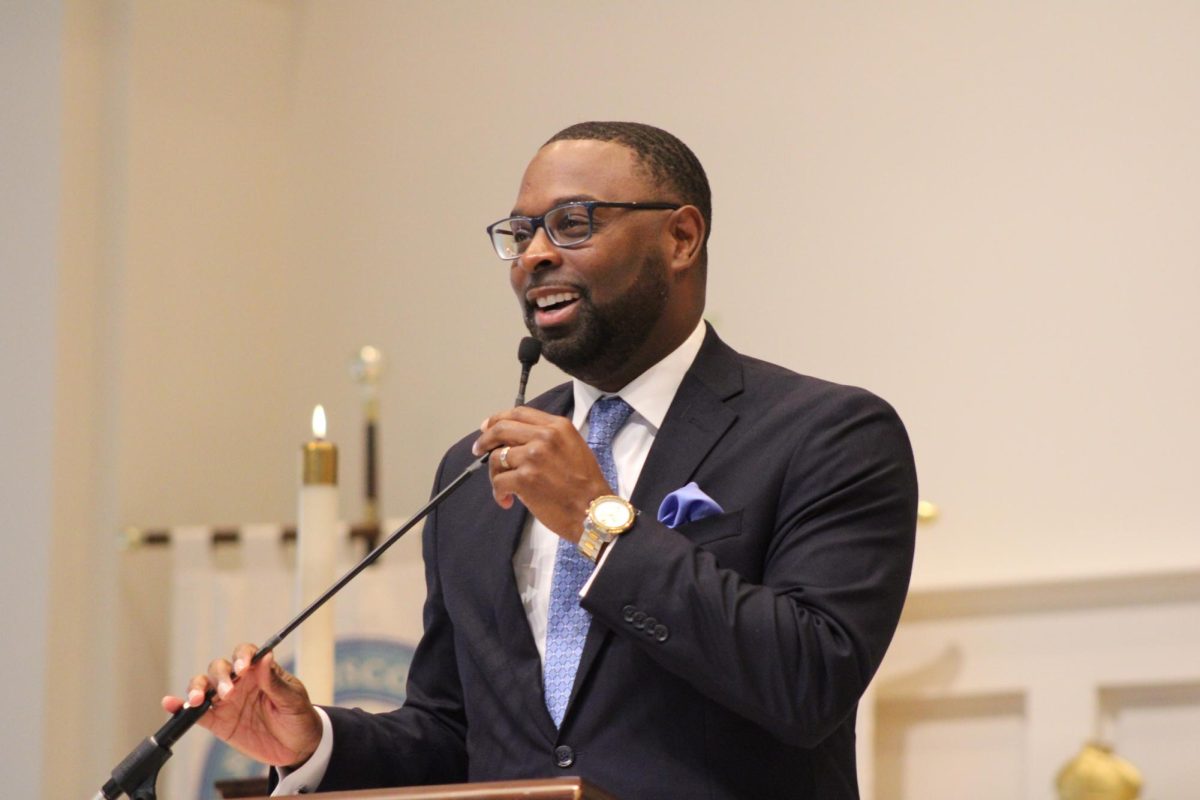
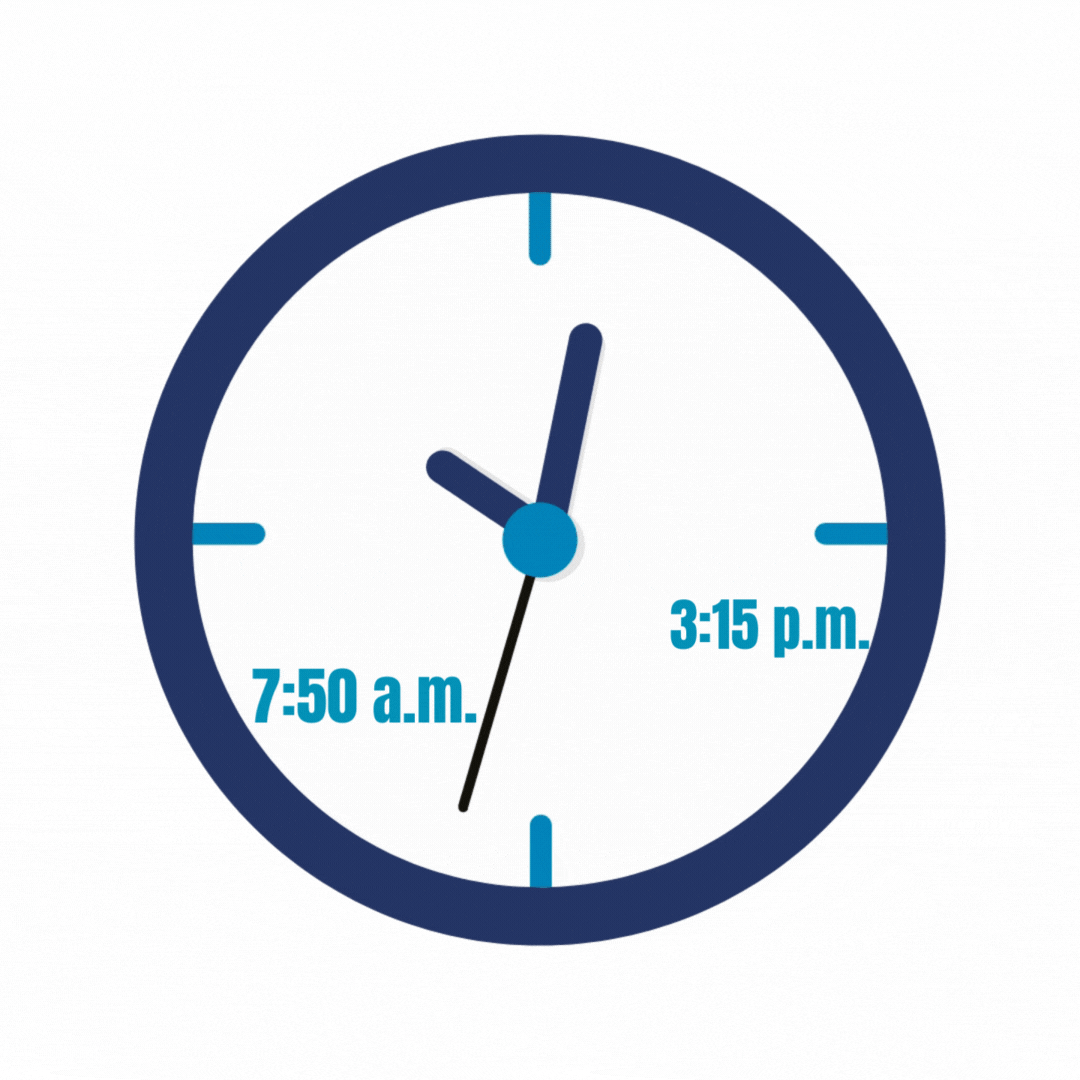



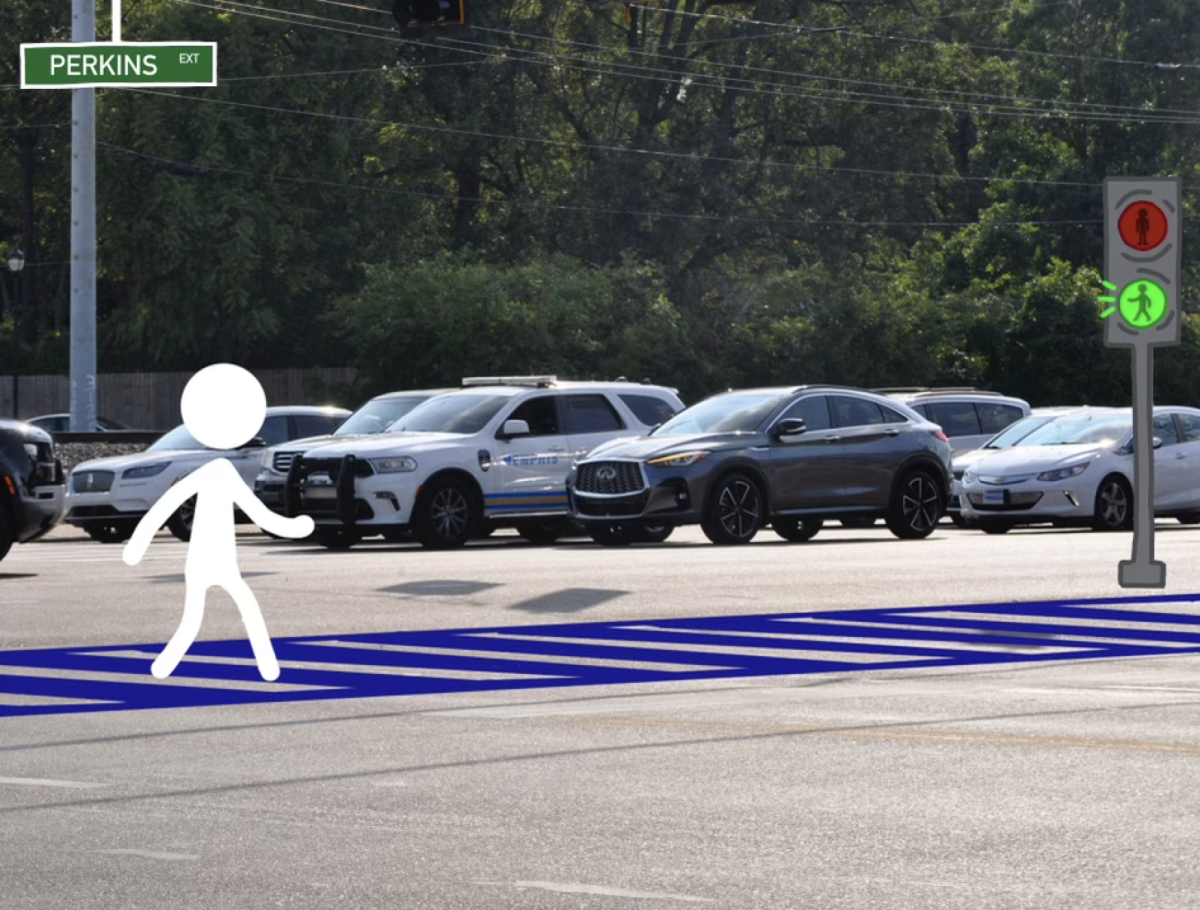
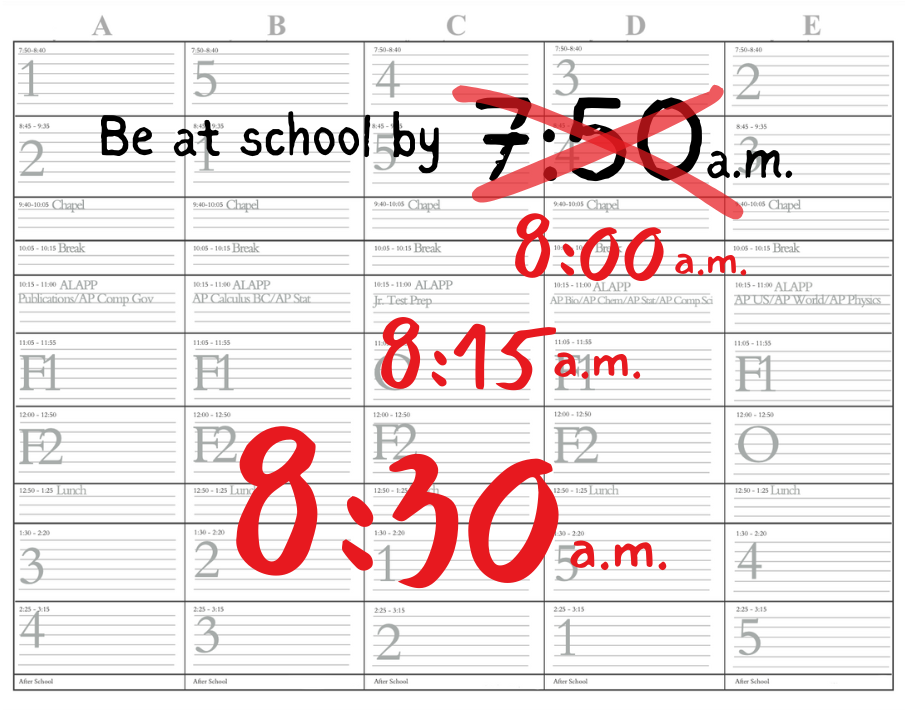




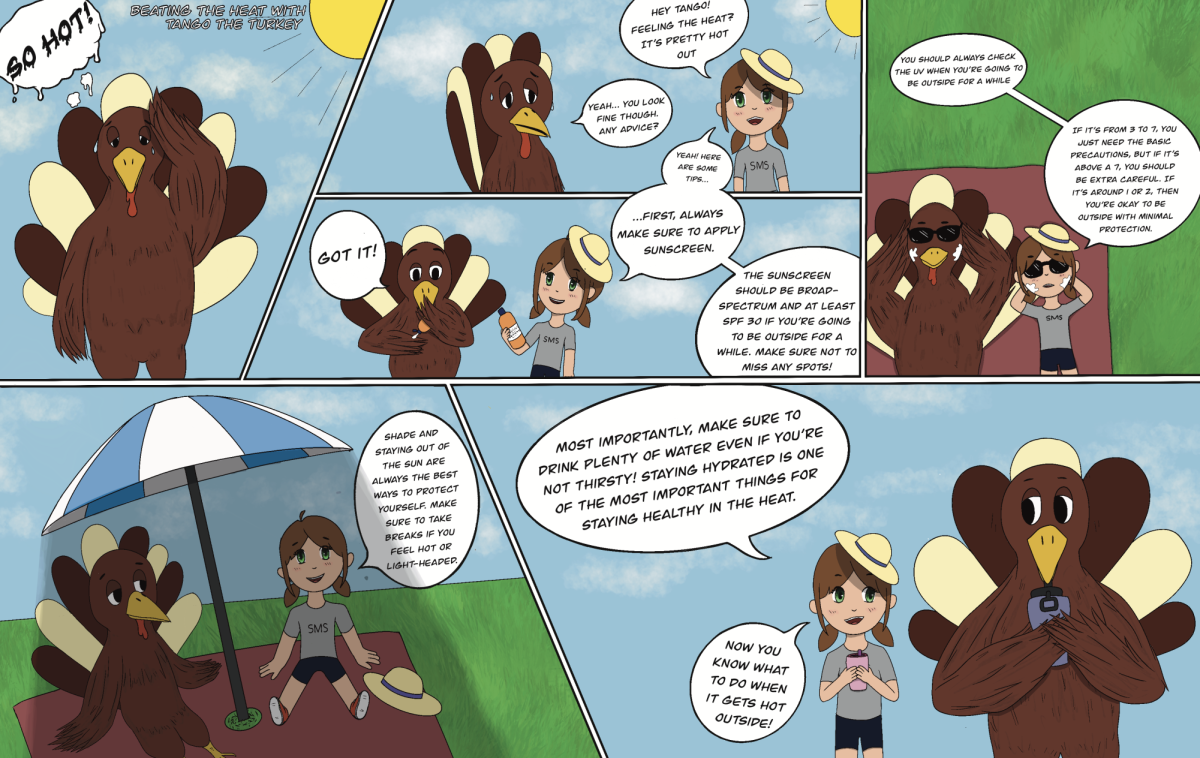

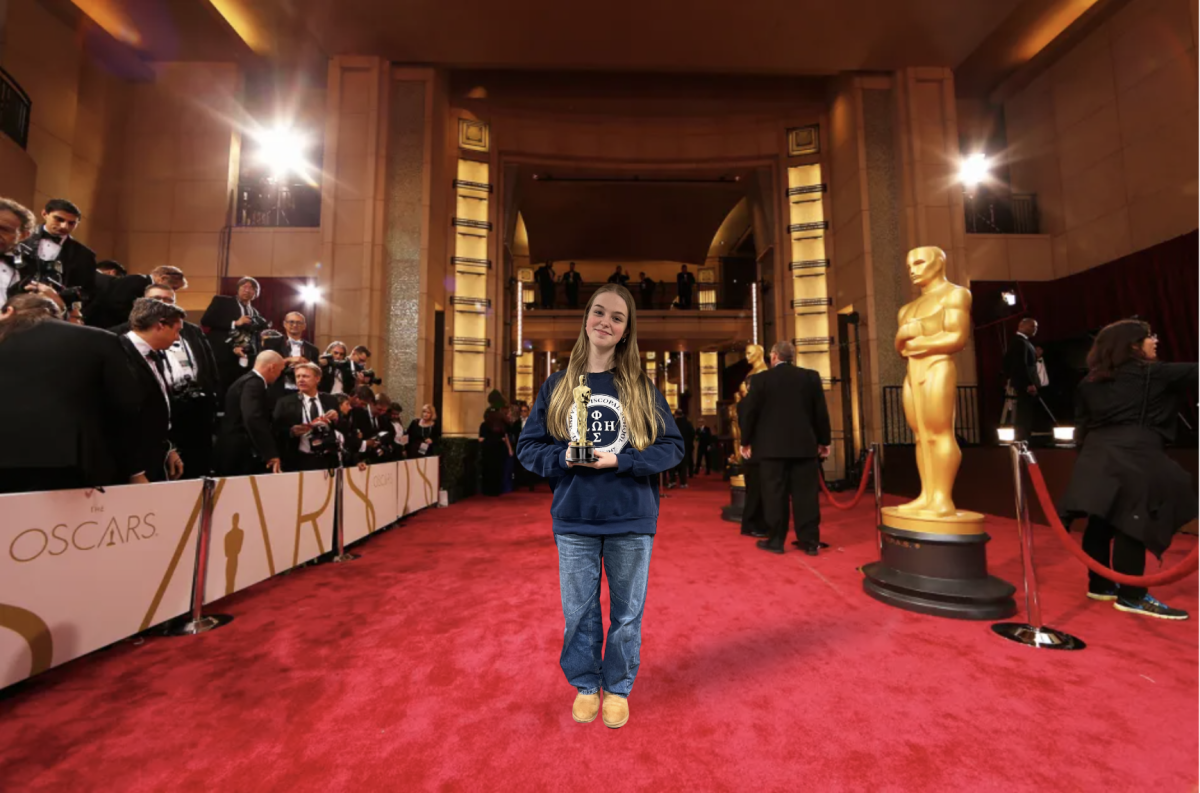
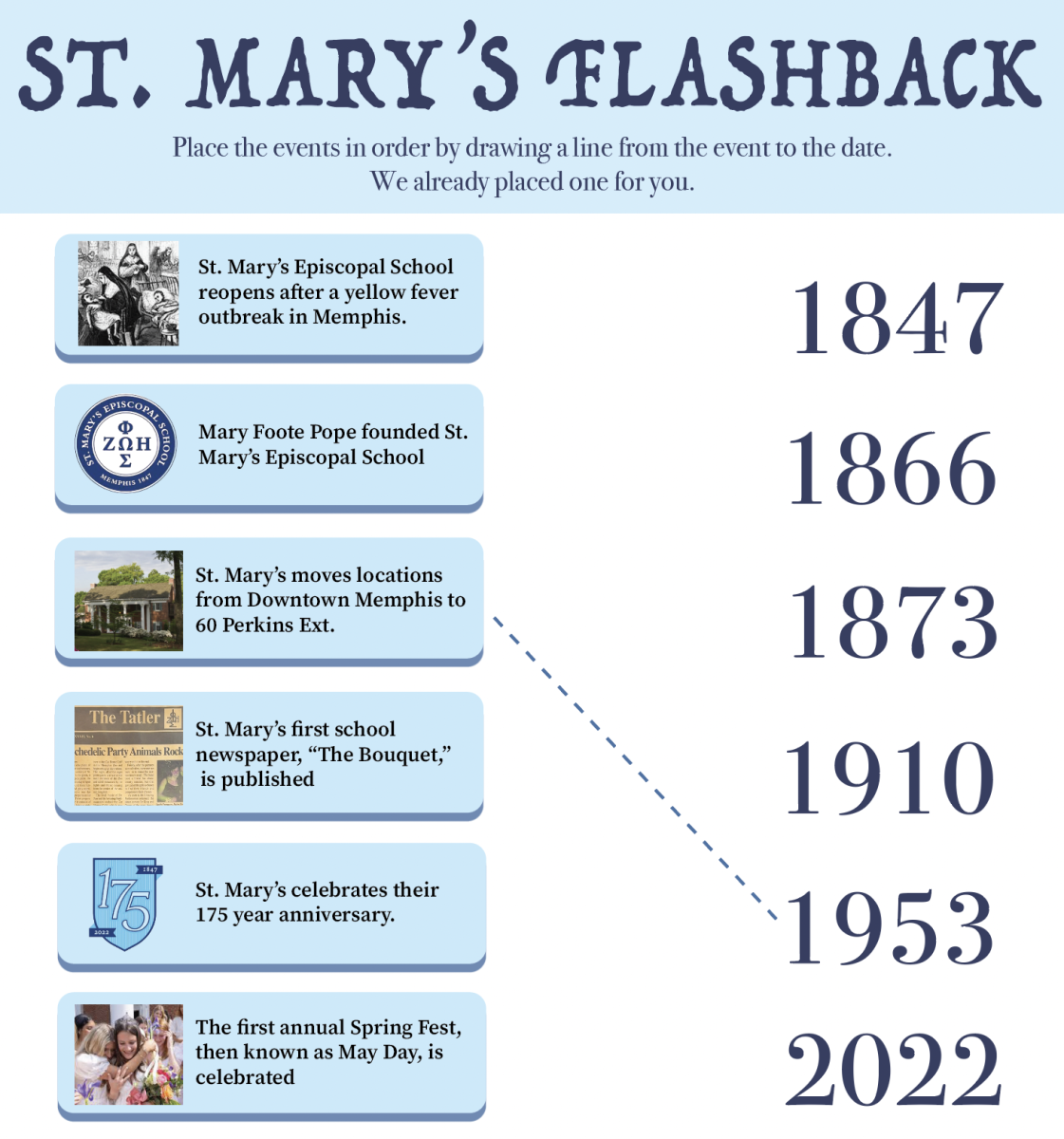
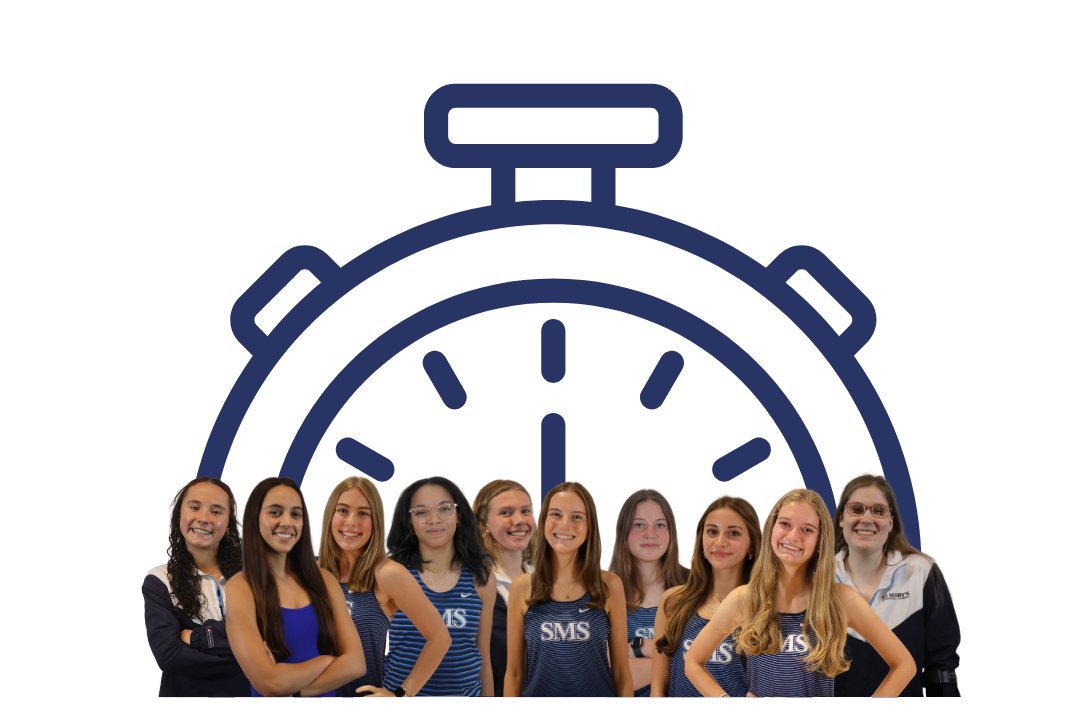
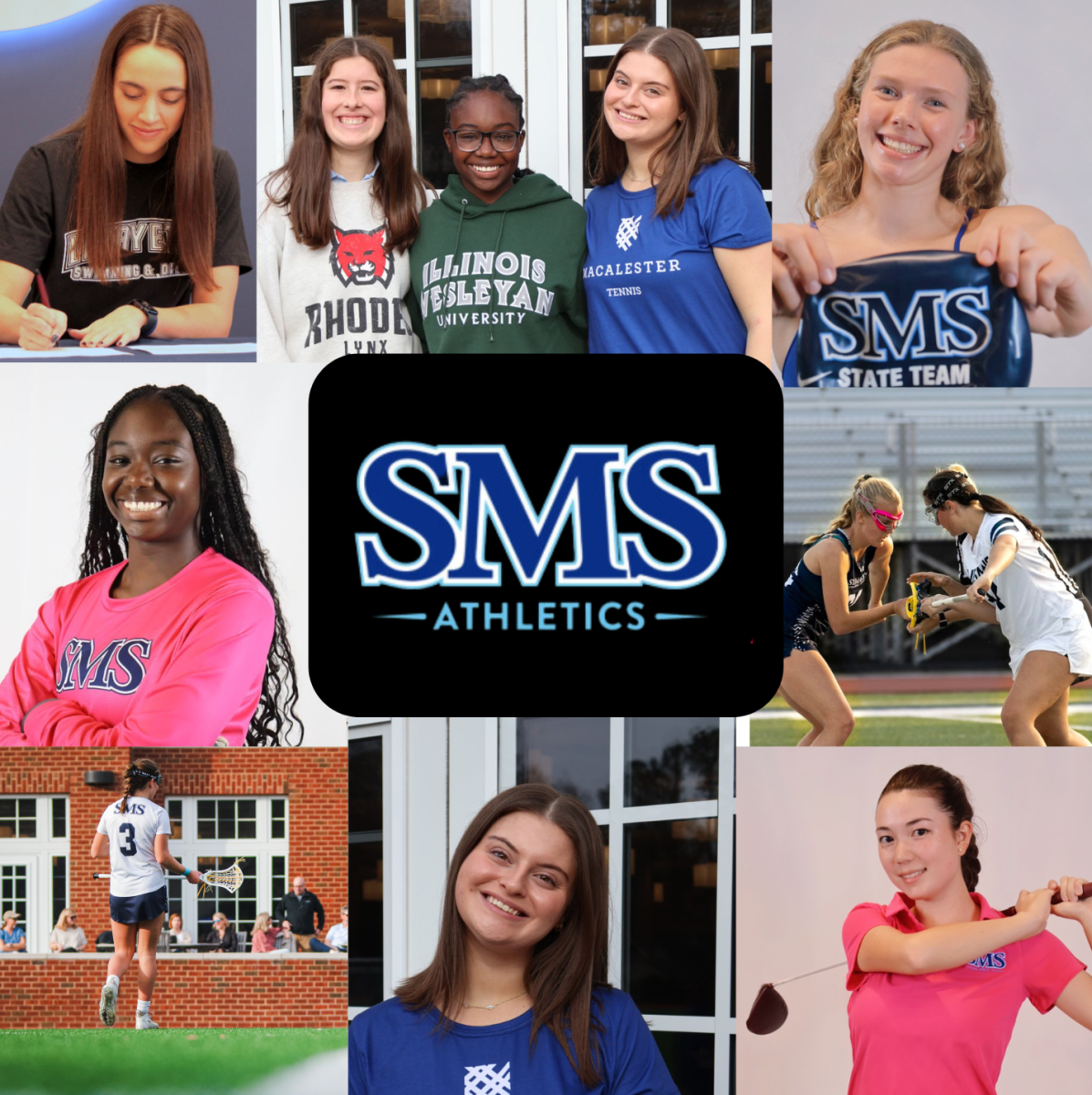
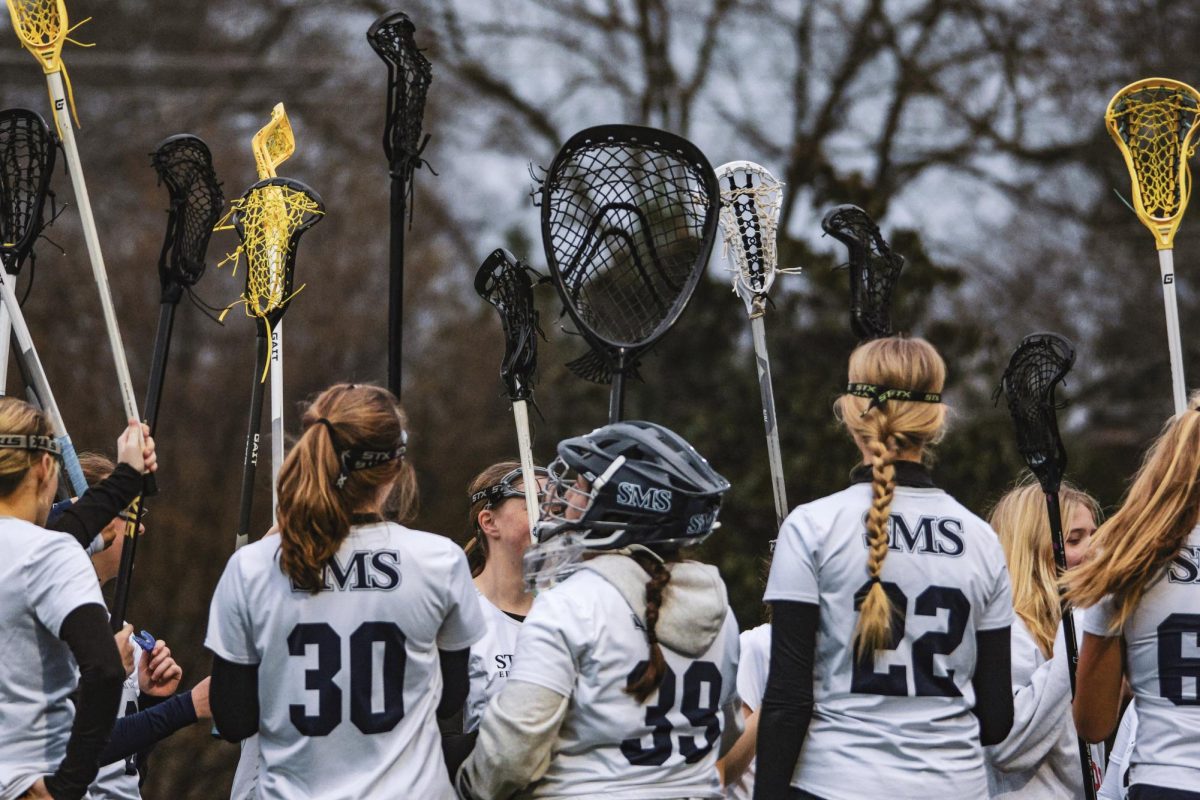
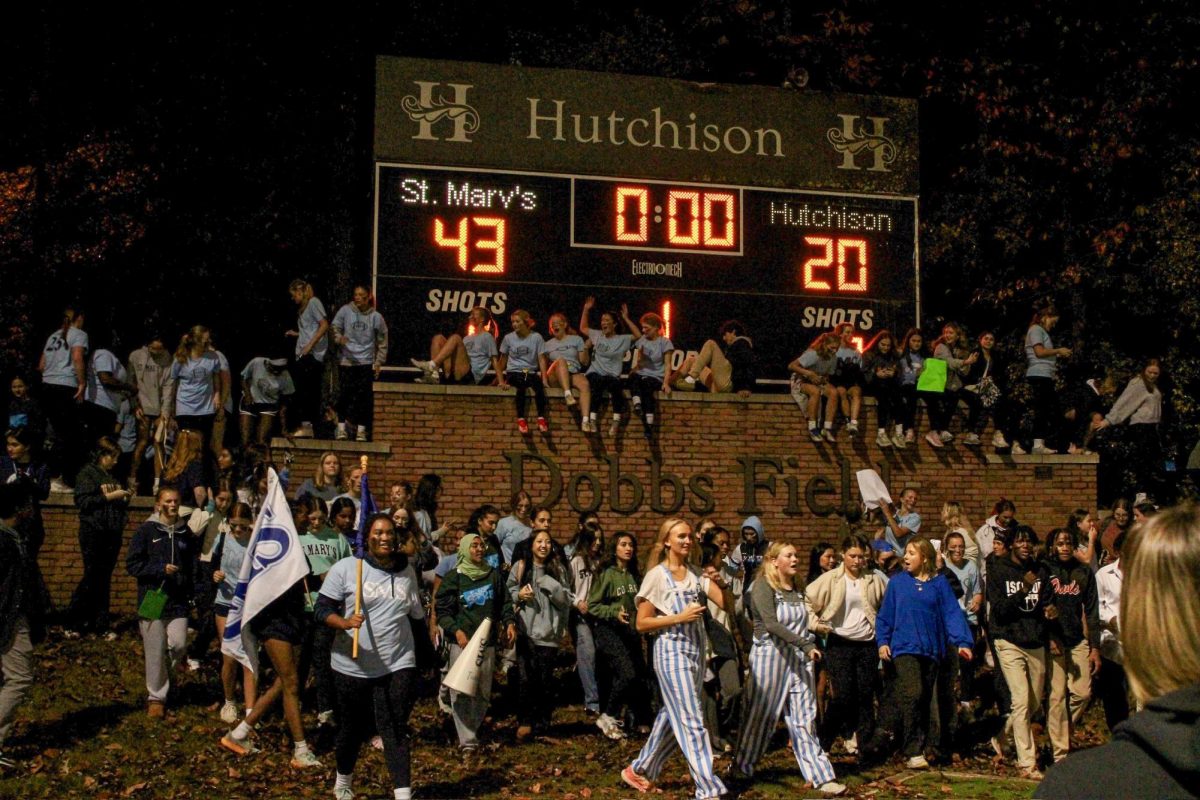
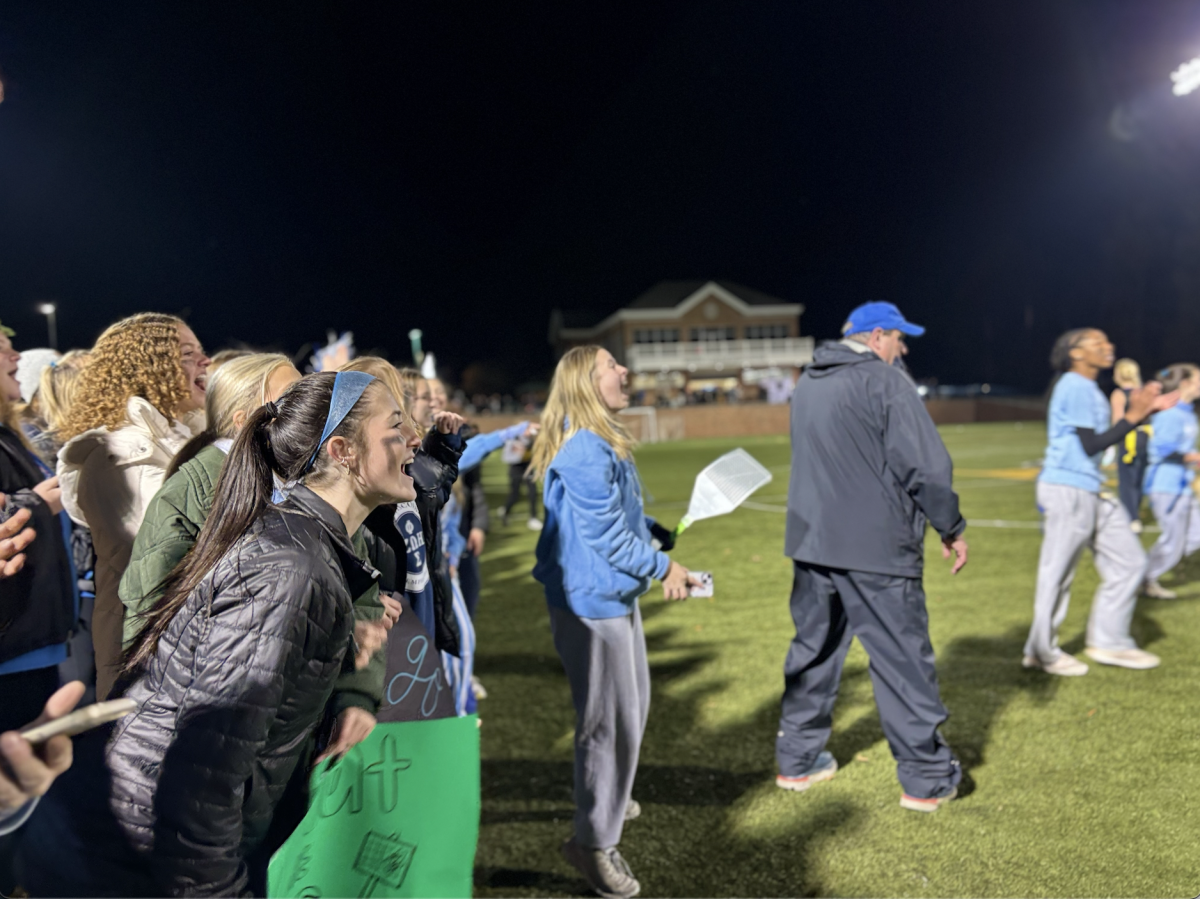
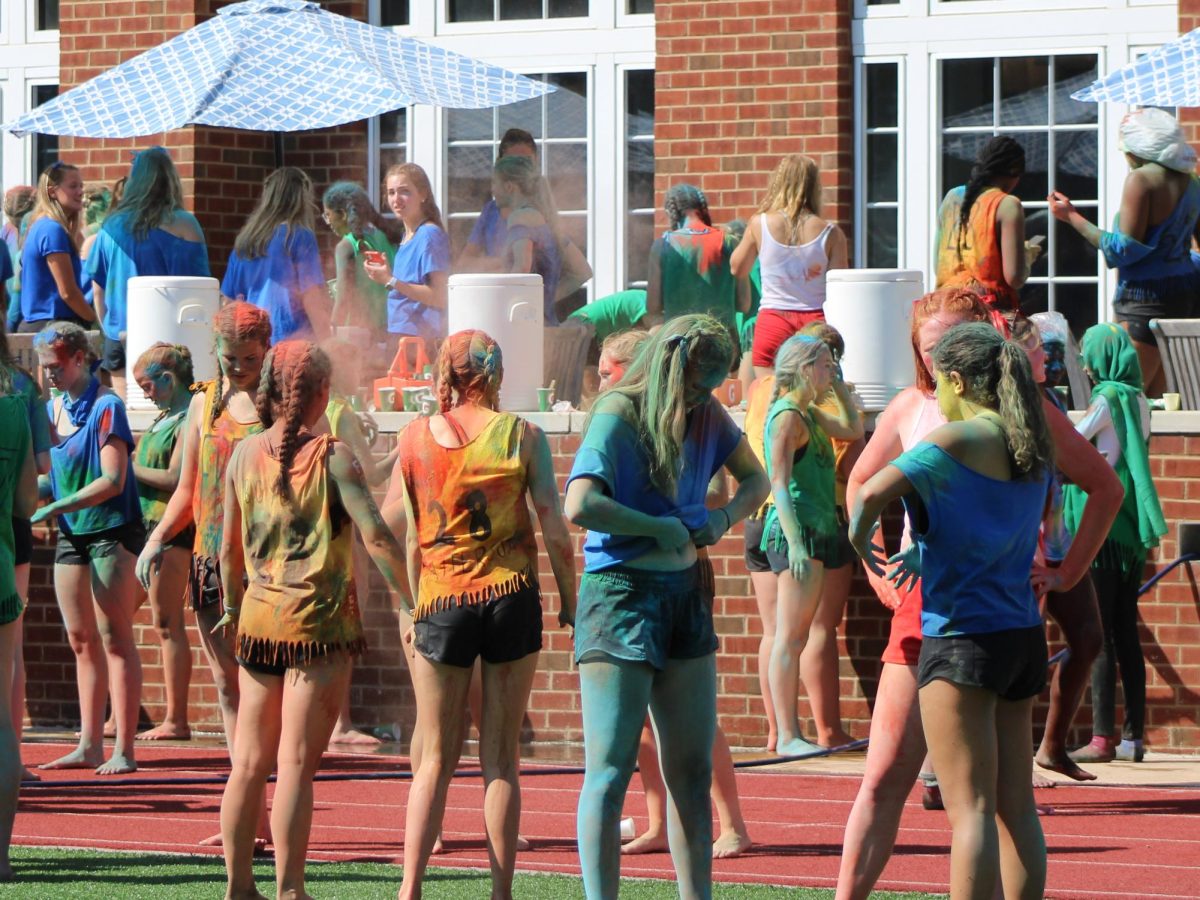
![[GALLERY] Walking in (Downtown) Memphis](https://stmarystatler.org/wp-content/uploads/2024/04/E1DAD3FE-E2CE-486F-8D1D-33D687B1613F_1_105_c.jpeg)
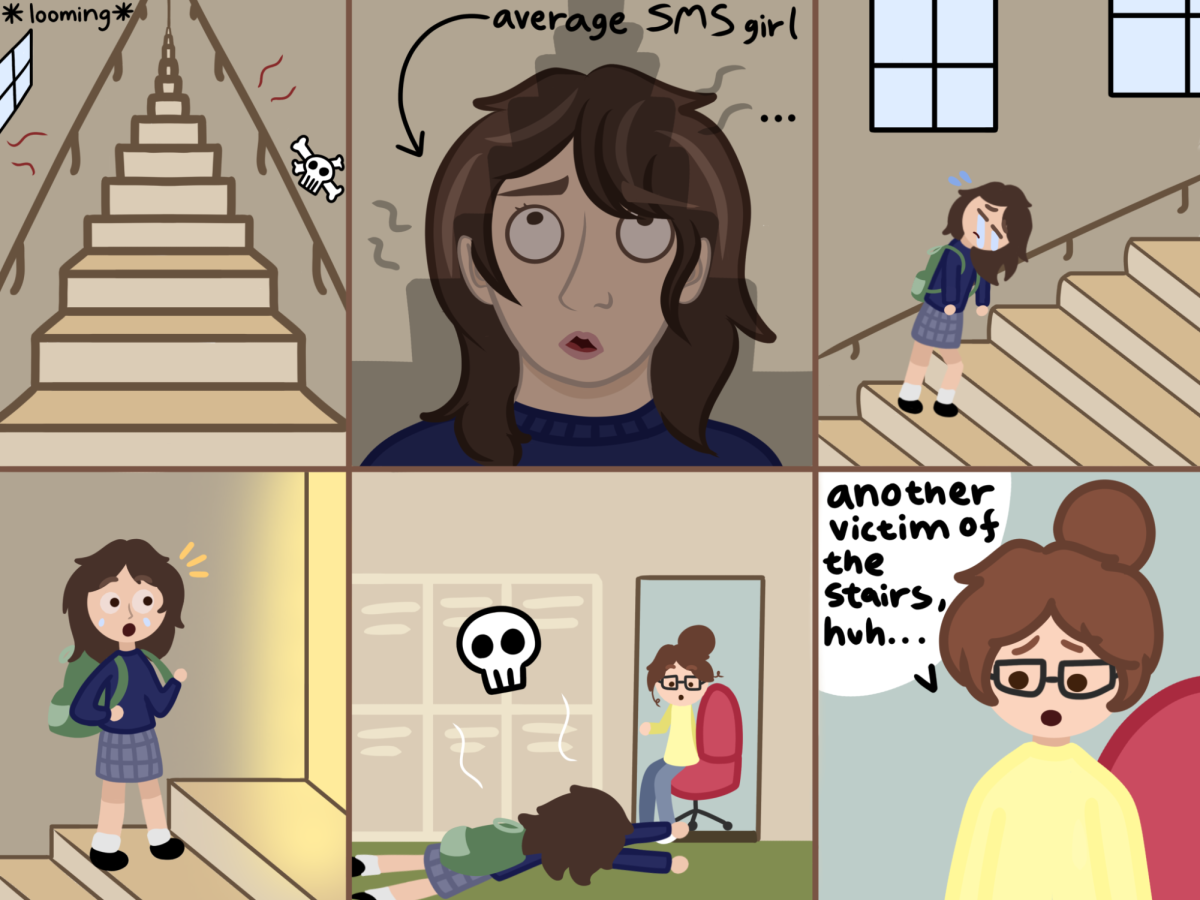
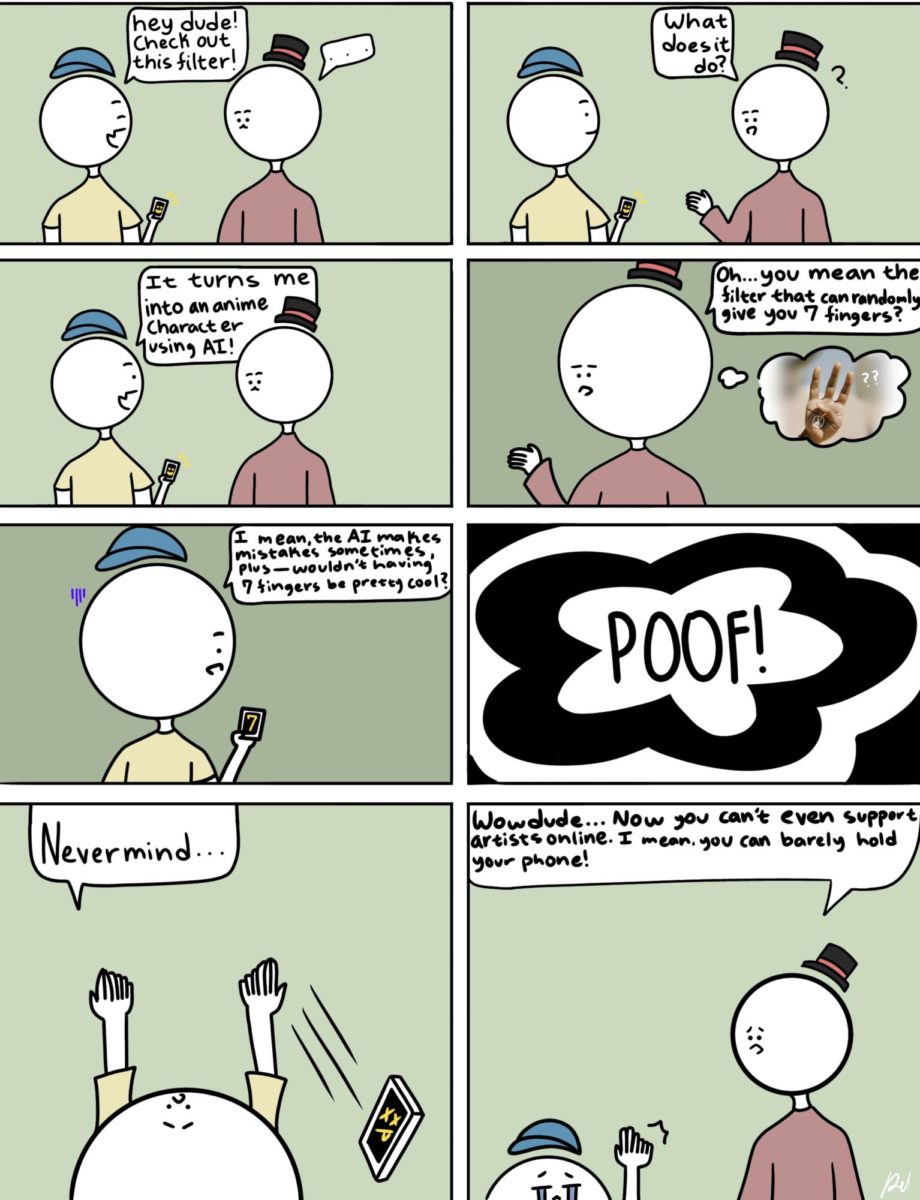
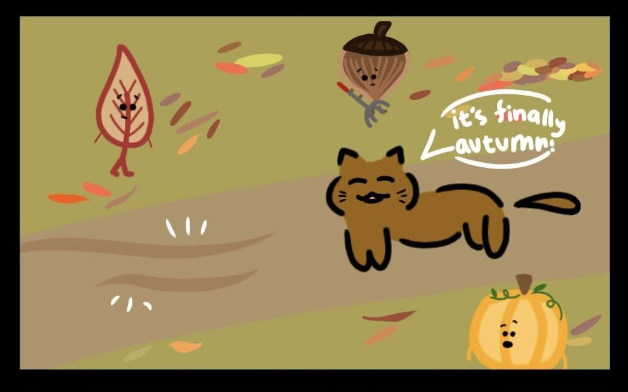

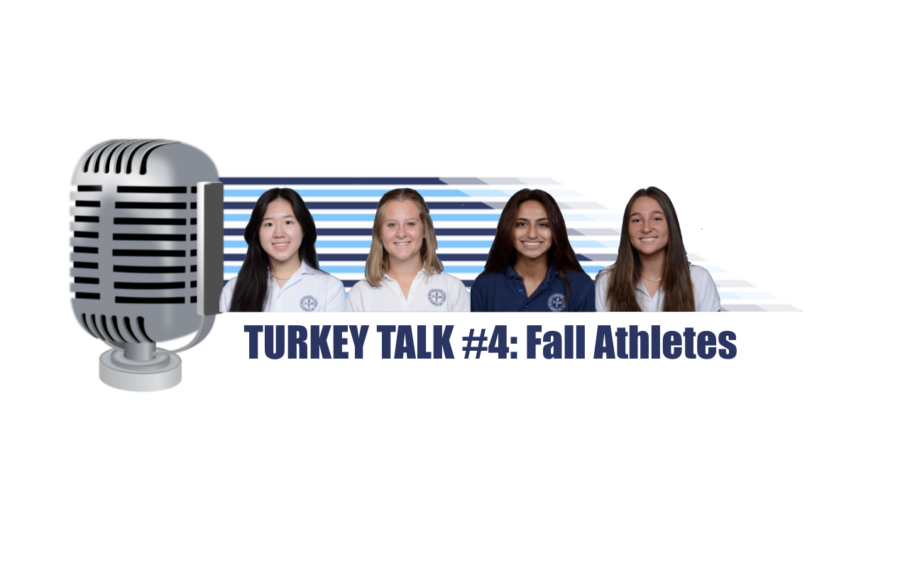



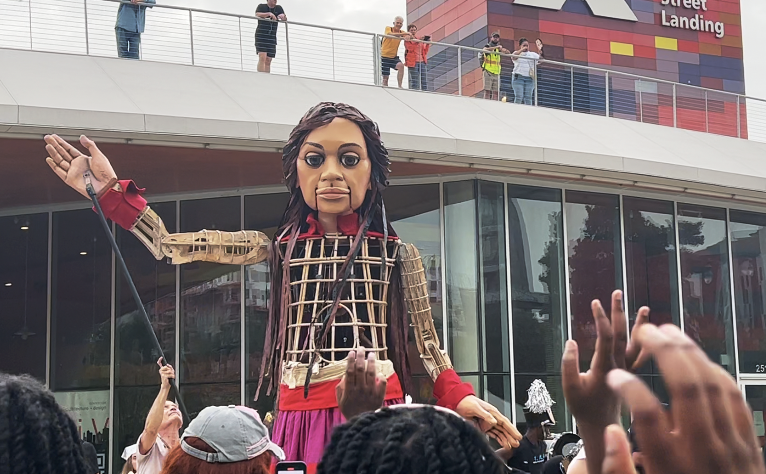
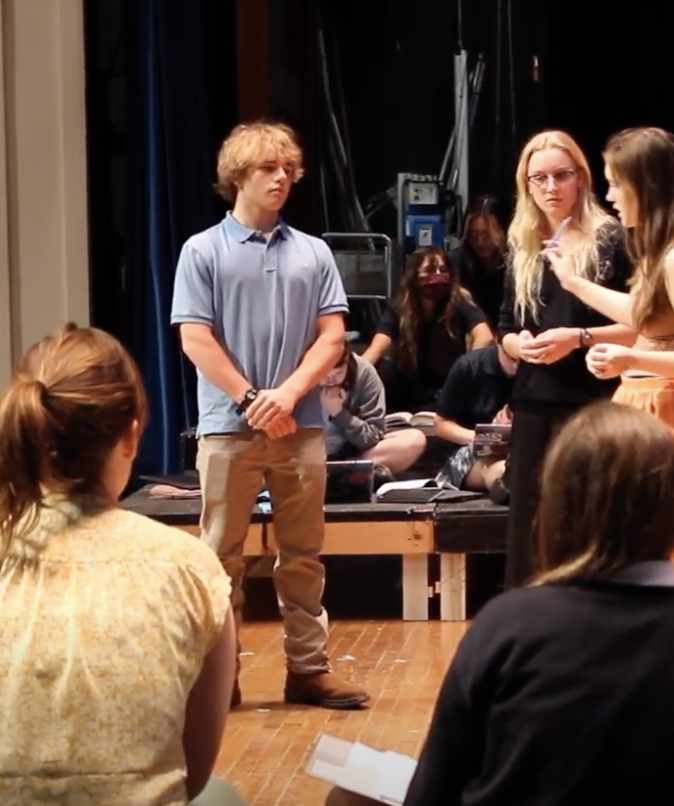
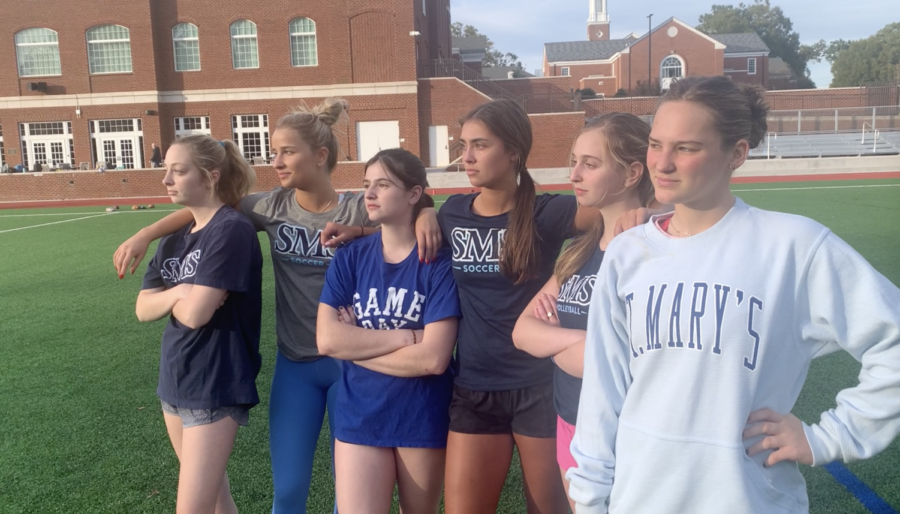
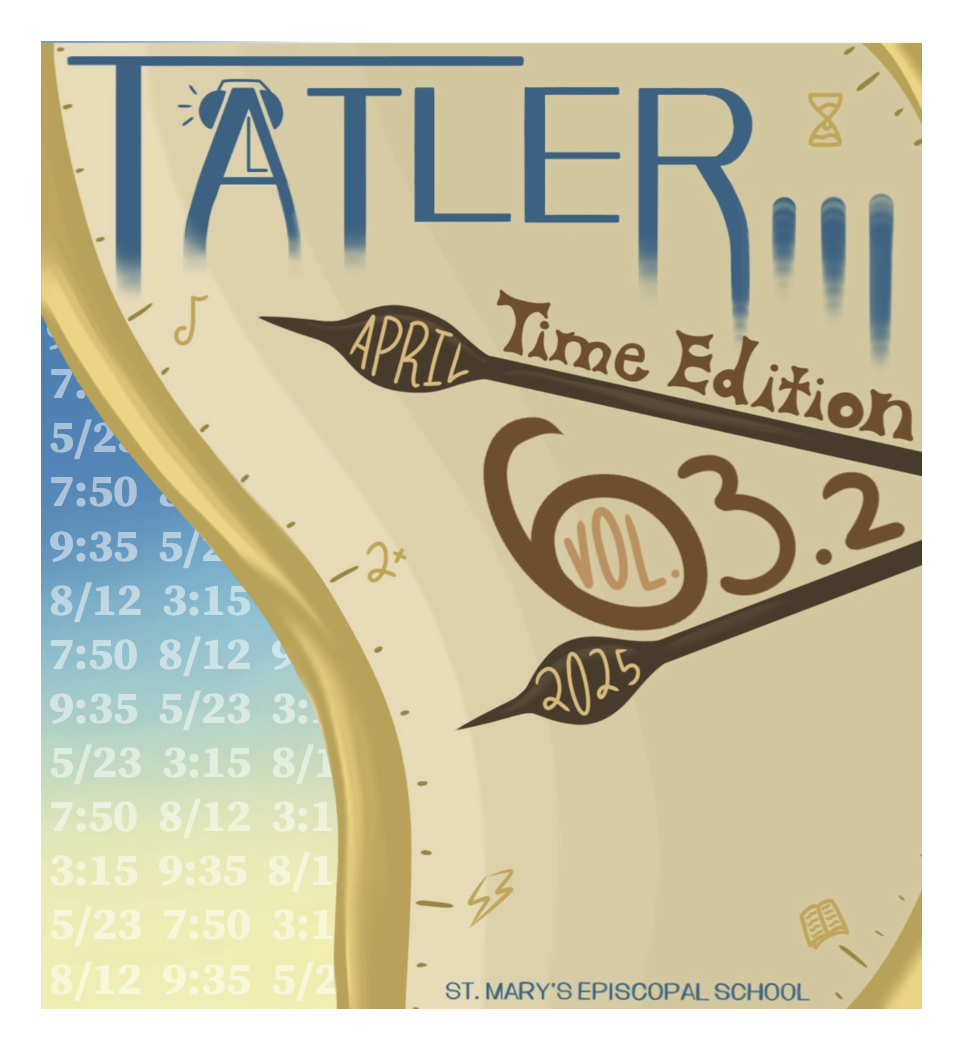

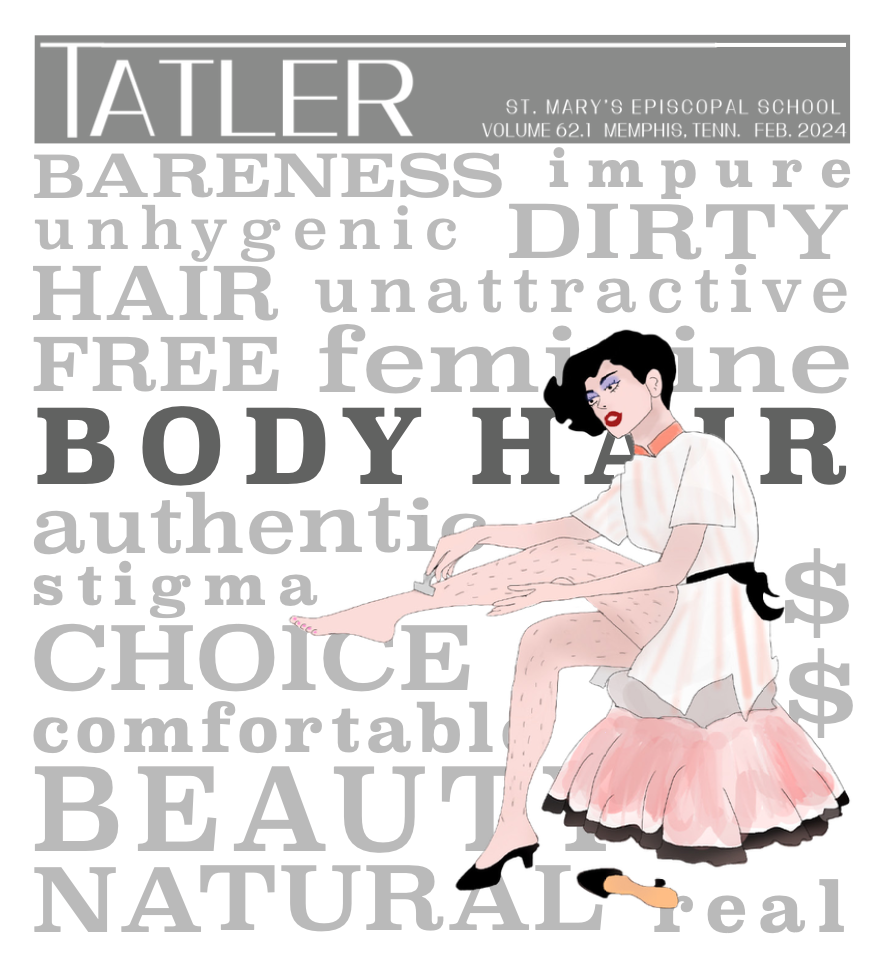
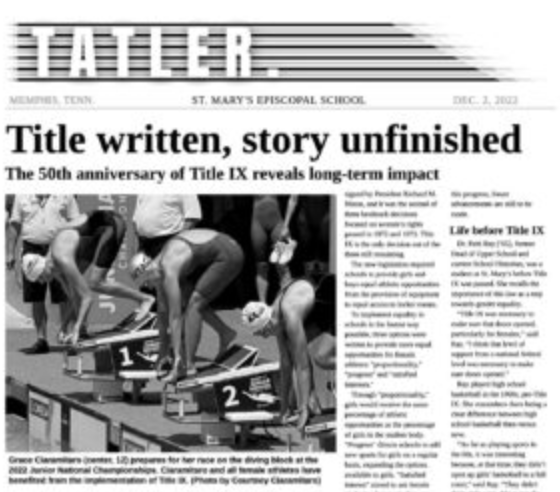


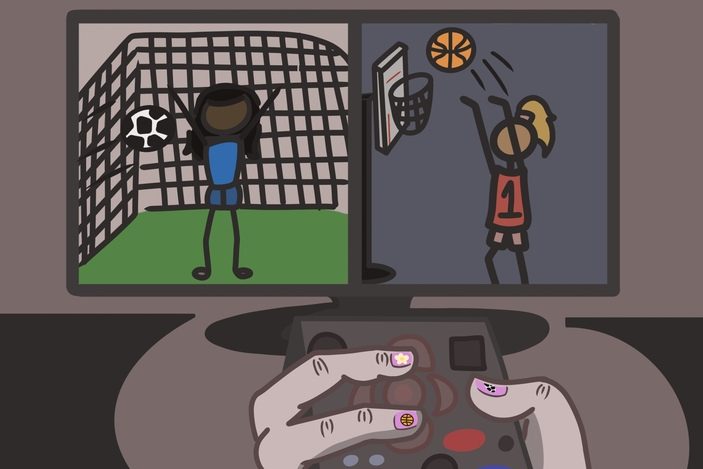
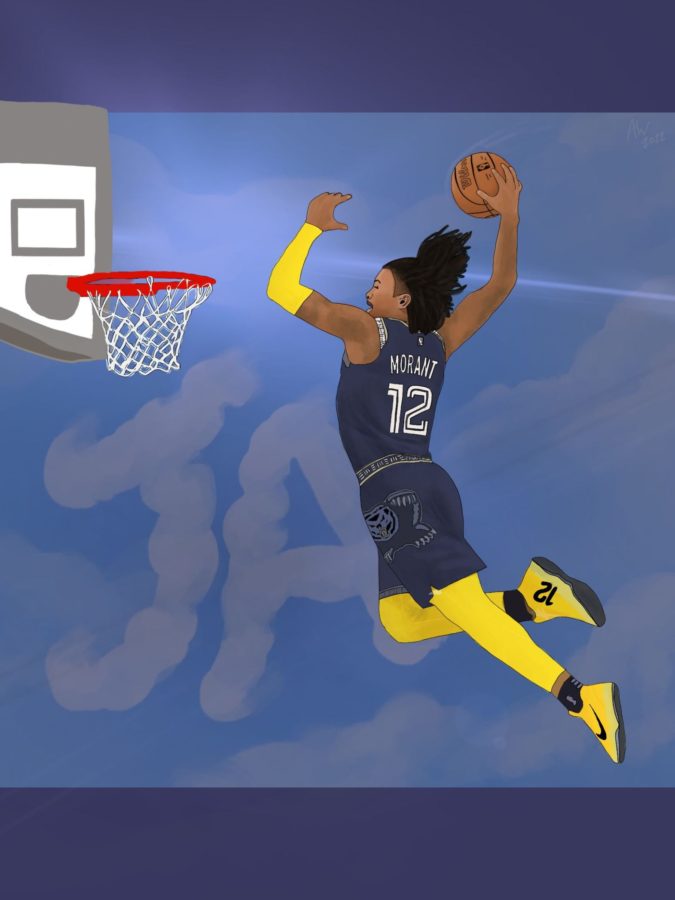
Karen L Ullman • Feb 5, 2025 at 8:14 pm
Great job!!